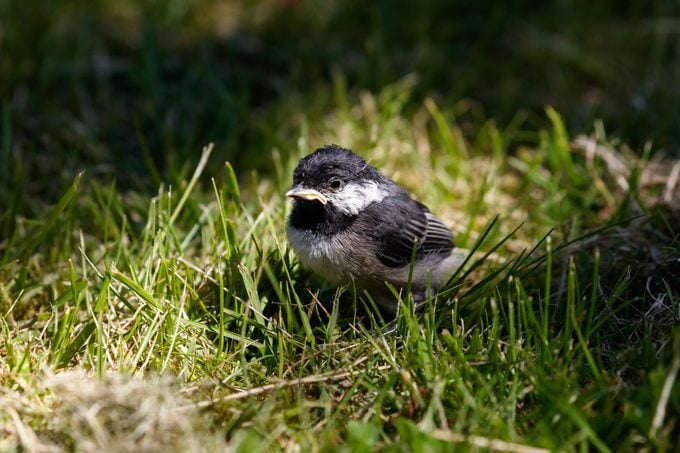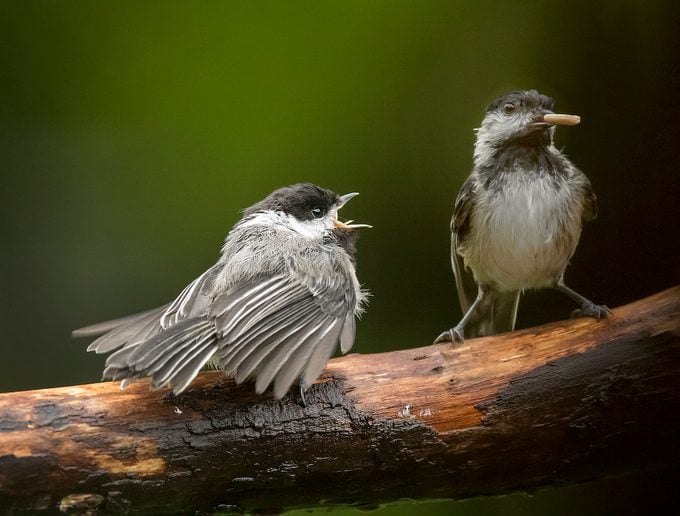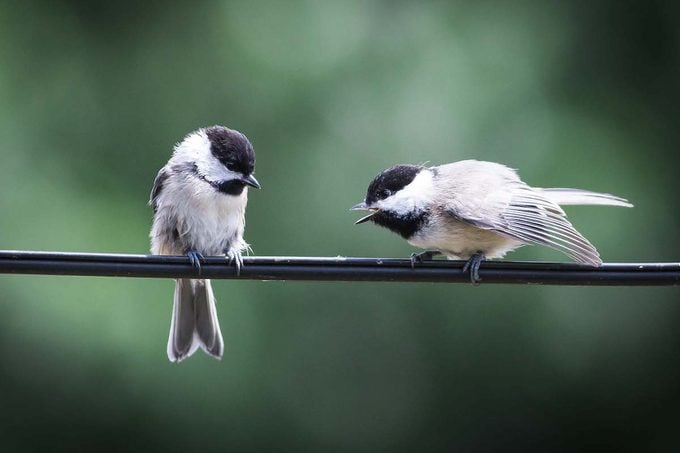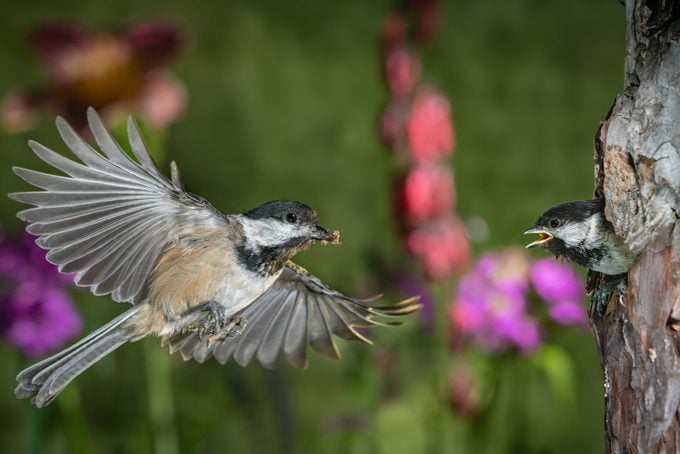Baby Chickadees Are SO Small and Cute
Updated: Dec. 17, 2021
Seeing a baby chickadee in your yard is sure to give you joy. Find out what baby chickadees look like and how to attract nesting chickadees.
What Does a Baby Chickadee Look Like?

When they’re just born, baby chickadees don’t have the birder-favorite gray, white and black plumage. At first, they’re featherless and pink, then they grow dark feathers, and then, finally, the baby birds start sporting their usual colors.
You might not see a baby chickadee until it’s at your feeder with a parent. To boost your chances of attracting a chickadee family, put up nest boxes. Some chickadees nest in birdhouses, so keep an eye on them! Other chickadees opt instead to build their nests and lay bird eggs in old woodpecker holes or even in cavities in rotting stumps.
You need to see these 20 incredibly cute pictures of chickadees.

“Chickadees are a personal favorite of mine. They are very social, and they wait every morning for me to fill the feeders. I love the way the baby chicks (above) flutter in hopes of being fed. A small part of life’s precious nature,” Birds & Blooms reader Laura Reich says.
Learn how to identify a Carolina chickadee.
What Do Juvenile Chickadees Look Like?

For the most part, juvenile chickadees resemble their brave, friendly parents (who look identical regardless of whether they’re male or female, at least to human eyes). By the time they’re a little less than two weeks old they look like adults, but they remain dependent on their parents for food. This can result in some pretty adorable scenes at your feeders, as the youngsters accompany their parents and beg for a meal.
“While I was sitting one afternoon on my back patio, a family of chickadees came to use my running stream. This hatchling (above) had found one of its parents and was begging for something to eat. You can almost hear the conversation,” Birds & Blooms reader Tara Steffen says.
Psst—meet the too-cute black-capped chickadee and the mountain chickadee.

A few weeks after they leave the nest, the fledglings are able to fly longer distances and feed themselves, so they’re out on their own in the world.
Next, learn how to identify baby and juvenile orioles.




















